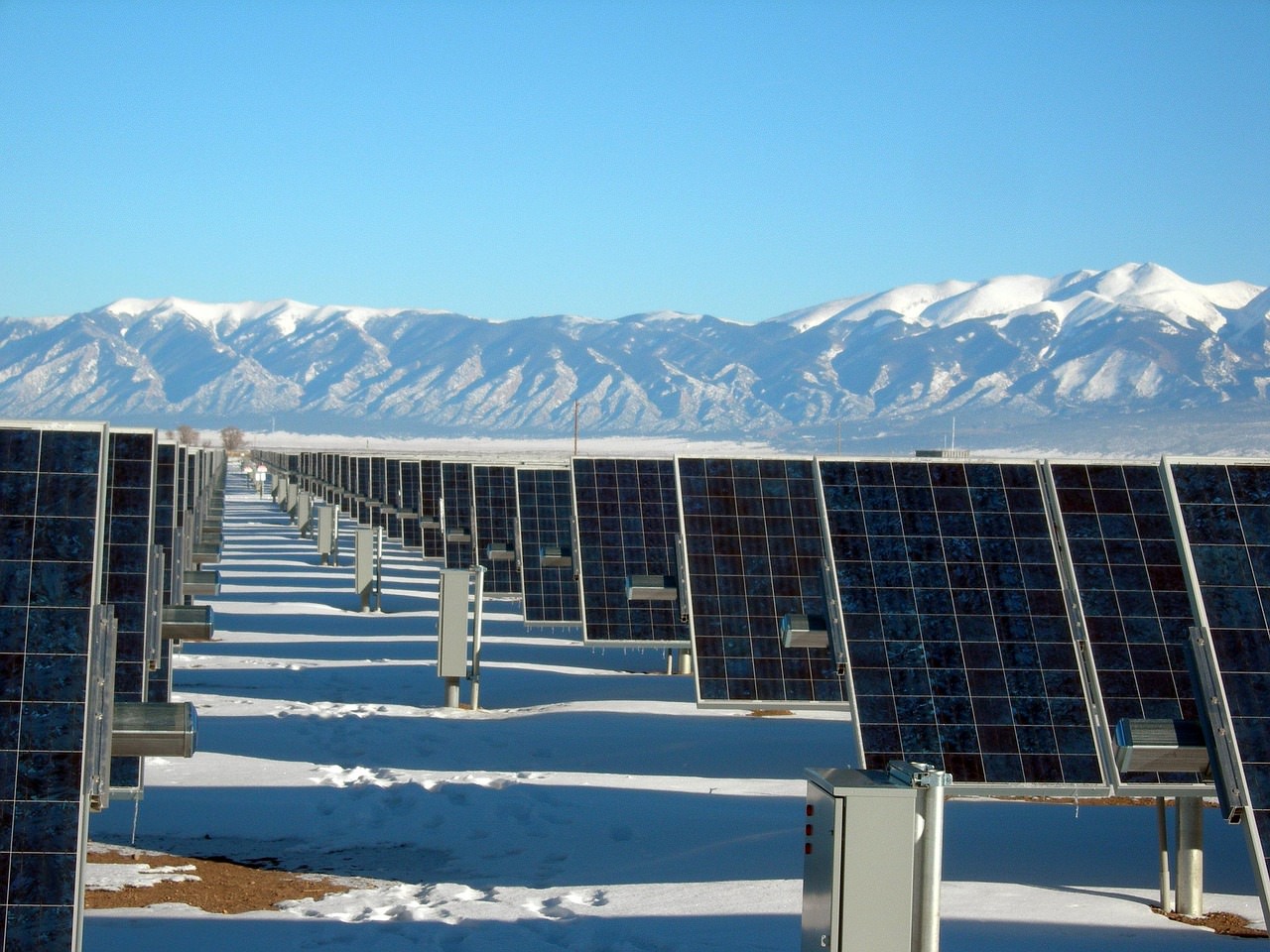With so much media attention to sustainable living and energy conservation, homeowners all around the U.S. are beginning to consider systems to harness solar energy to power their homes. Some of us may have explored this niche before, only to find far too costly and inefficient systems available for the average consumer.

However, this trend is beginning to change. Instead of insurmountable installation fees and heaps of regular maintenance costs, many budget-conscious individuals are now finding residential solar panel systems that are more affordable than ever before.
Common Types of Solar Panels
Residential solar panels are available in one of two basic types: photovoltaic, also known as PV, and thermal. Although the former is more common, there are pros and cons associated with both setups.
Modern photovoltaic panels are the most common type of solar panel for residential applications. However, the costs associated with PV installations can still be rather steep in comparison to thermal systems.
Conversely, thermal solar systems, which are used to heat water for use in and around the home, aren’t nearly as expensive as PV-based installations. However, you must account for the added expense of tying a thermal panel design into a preexisting plumbing system.
Buying Versus Leasing
Homeowners interested in utilizing solar panels to reduce their home energy costs now have the option to lease solar panels, rather than buy them outright. While this luxury wasn’t always offered in the past, many installers and manufacturers now offer leasing programs of their own.
For those who aren’t able to commit to a full purchase, leasing is a great option to take advantage of. While it allows for a quicker and timelier installation, the added expenses that come in the form of interest rates, late payments, and other fees can have a huge impact on the overall cost of your lease.
If you can foot the bill upfront, a full-on purchase is usually the best option. Most manufacturers and installers are willing to set up an extended payment plan, which you can typically repay within a few years. You’ll also retain any subsidies or tax credits associated with the installation, which might be lost if you choose to lease a system.
State and federal governments even offer tax rebates, subsidies, and grants to homeowners who install their own solar panel systems. Those able to take advantage of these credits can significantly reduce the overall purchase and installation costs of a brand-new solar panel installation for their home.
Typical Energy Generation
You’ll also want to factor in the typical energy generation of a modern solar panel installation before committing to a purchase or lease. Moreover, you’ll need to account for the internal rate of return, or IRR, of your home state. Since the geographic region has a lot to do with the dispersal and collection of solar rays, this is one of the most important factors to consider before making the transition to solar.
According to PlanetSave, a state or region with a 20% IRR and $10,000 worth of PV panels can expect a total return of $50,000 over the 25-year life expectancy of the solar panel system. Their forecasts account for the average cost of receiving solar energy, standard utility rates for electricity in the U.S. and any state-level incentives.
Capitalizing on Recent Trends
If you’re like the thousands of homeowners currently considering a solar panel installation of their own, there’s never been a better time to begin the project. Given the recent price drops associated with both PV and thermal solar systems, as well as rising utility costs across the nation, the amount of money you’ll save in the end might be worth making a significant investment right now.
